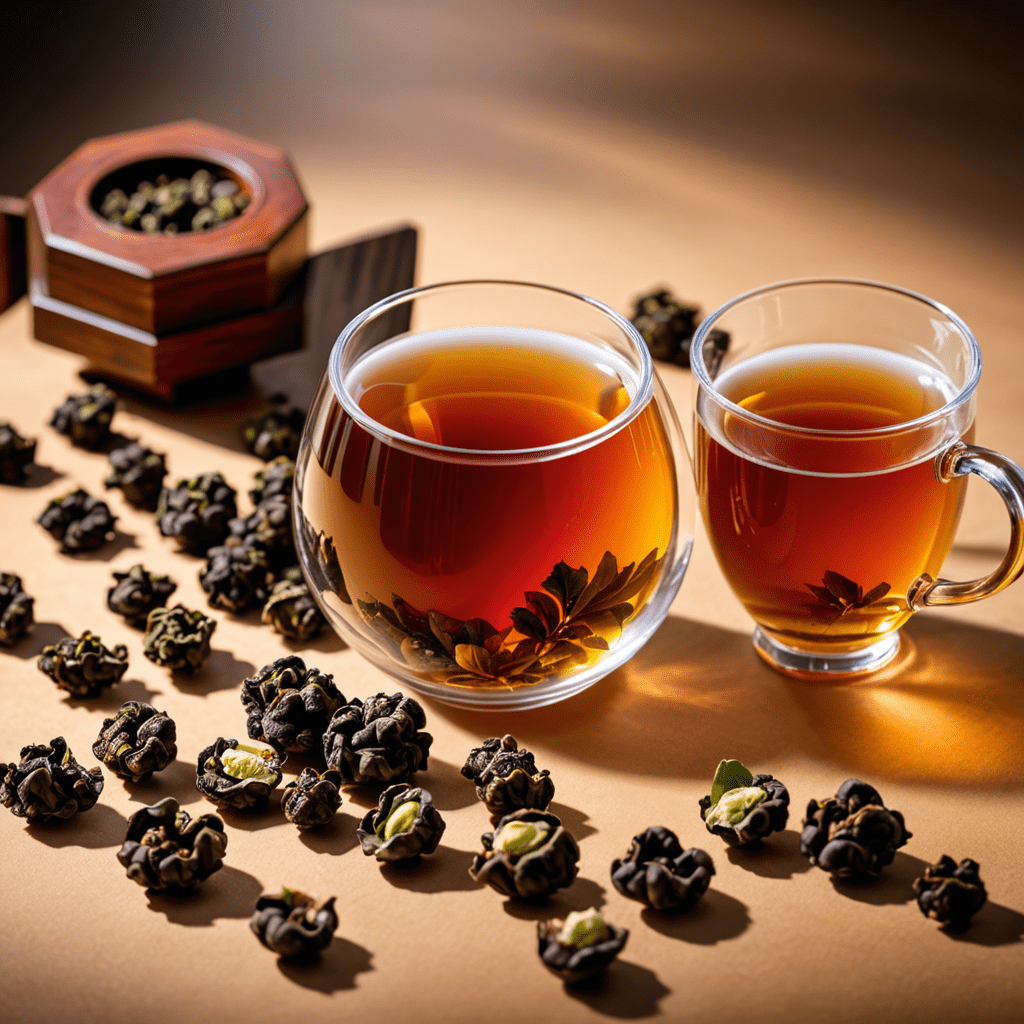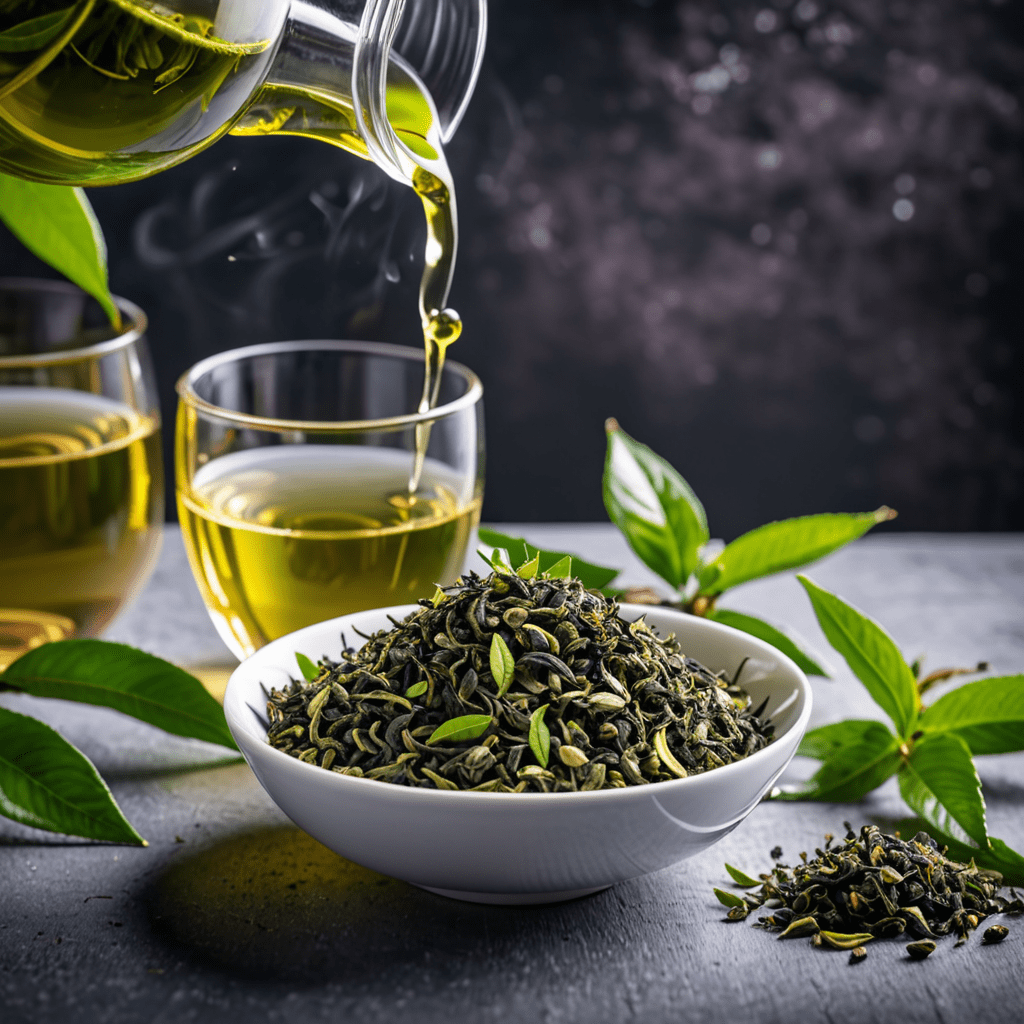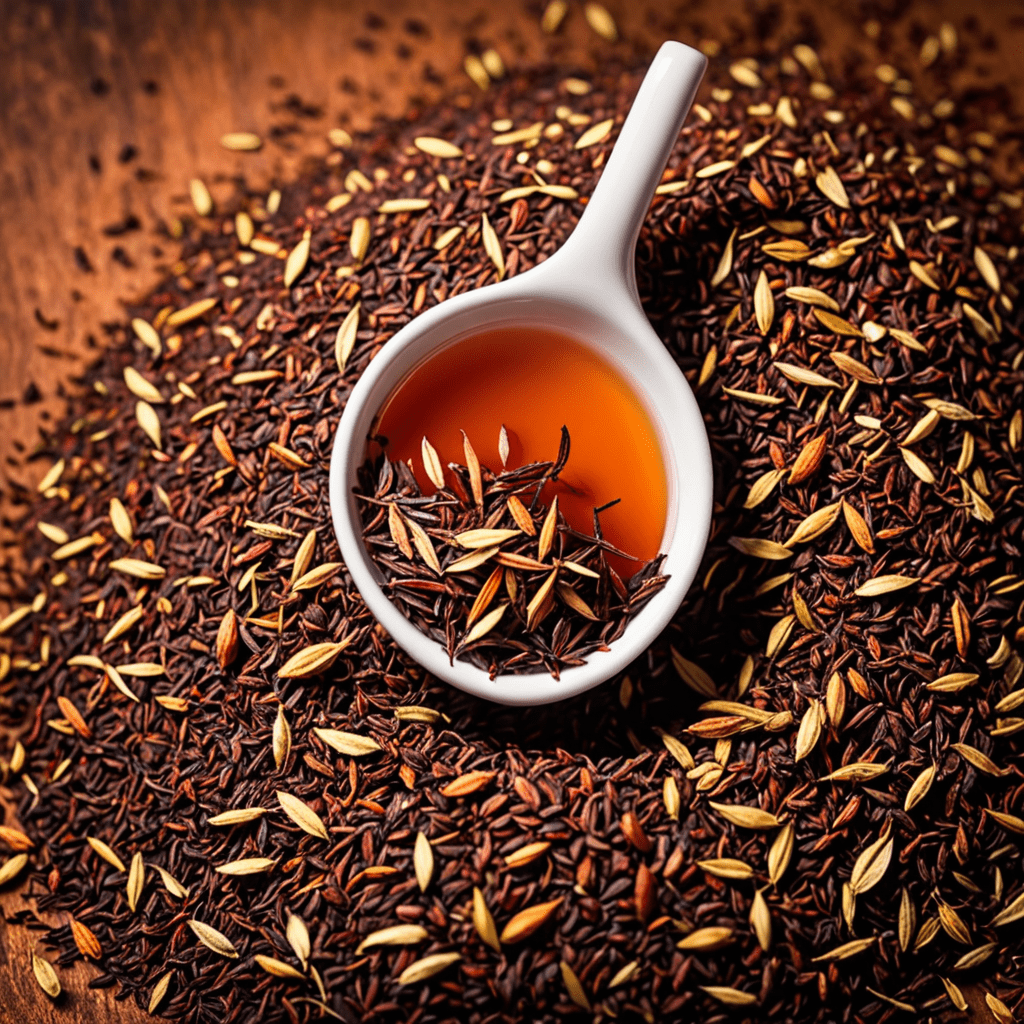
Oolong Tea: A Cultural Perspective
The Origins of Oolong Tea
Oolong tea, also known as Wu Long tea, has a rich and diverse cultural history that dates back centuries. Originating in China, oolong tea is a traditional Chinese tea that falls between green tea and black tea in terms of oxidation levels. This unique processing method gives oolong tea its distinct flavor and aroma, making it a beloved choice among tea enthusiasts worldwide.
The Art of Oolong Tea Making
The process of crafting oolong tea is an intricate art that requires skill and precision. From withering and oxidation to rolling and roasting, each step in oolong tea production influences the final taste and quality of the tea. Artisans carefully monitor these stages to bring out the best characteristics of the tea leaves, resulting in a delicious and nuanced cup of oolong tea.
The Cultural Significance of Oolong Tea
In Chinese culture, oolong tea holds a special place in traditional tea ceremonies and everyday life. It is often enjoyed during important social gatherings, family reunions, and festive celebrations. Oolong tea is not just a beverage but a symbol of hospitality, respect, and goodwill, fostering meaningful connections among people.
Regional Varieties of Oolong Tea
Different regions across China and Taiwan are renowned for their unique oolong tea varieties, each offering a distinct flavor profile and aroma. From the floral notes of Tie Guan Yin to the toasty undertones of Da Hong Pao, oolong teas showcase the diverse terroir and craftsmanship of their places of origin.
Health Benefits of Oolong Tea
Beyond its cultural significance, oolong tea is celebrated for its potential health benefits. Rich in antioxidants and polyphenols, oolong tea is believed to promote weight management, boost metabolism, and support overall well-being. Regular consumption of oolong tea is associated with improved digestion, mental alertness, and skin health.
Pairing Oolong Tea with Food
The versatile flavors of oolong tea make it a versatile beverage that pairs well with a variety of foods. Whether sipping a light and floral oolong with delicate pastries or enjoying a roasted oolong with savory dishes, the nuanced taste profiles of oolong teas complement a wide range of cuisines and culinary experiences.
Embracing Oolong Tea in Modern Culture
In recent years, oolong tea has gained popularity beyond its traditional roots, captivating tea enthusiasts around the world with its unique flavors and cultural heritage. Whether enjoyed hot or cold, pure or blended, oolong tea continues to inspire tea drinkers to appreciate the artistry and diversity of this beloved tea variety.
FAQs About Oolong Tea: A Cultural Perspective
What is Oolong Tea?
Oolong tea is a traditional Chinese tea that falls between green and black tea in terms of oxidation levels. It is known for its complex flavors and aromas, offering a unique tea-drinking experience.
What cultural significance does Oolong Tea hold?
In many Asian cultures, Oolong tea is deeply ingrained in traditions and ceremonies. It is often served during important events and symbolizes hospitality, respect, and good fortune.
How is Oolong Tea prepared and served in different cultures?
Various cultures have their own customs for preparing and serving Oolong tea. For example, in China, Gongfu Cha involves multiple infusions in small teapots, while in Taiwan, the traditional approach focuses on enhancing the tea’s natural flavors.


